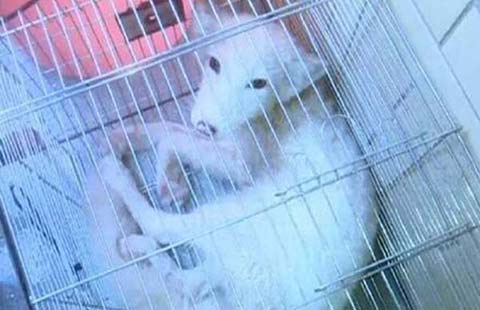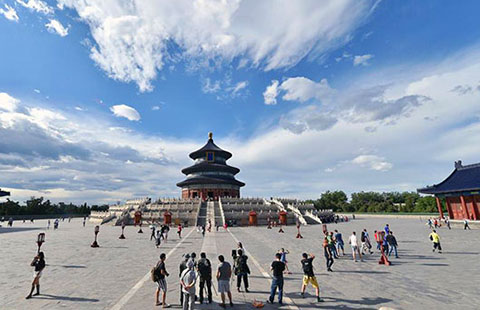Factbox: Tibet facts and figures
(Xinhua) Updated: 2015-09-07 17:38LHASA - Southwest China's Tibet Autonomous Region is 50 years old this week.
Five decades after its founding, here are some key facts and figures about the region.
LAND:
1.2 million sq km (about one eighth of China's territory)
Four cities (Lhasa, Chamdo, Nyingchi, Shigatse ) and three prefectures (Nagqu, Ngari, Shannan)
5,465 villages
4,000 km borderline (one sixth of China's entire borderline)
4,000 meters above sea level on average
60 percent as much oxygen in the air as in inland regions
RESOURCES
439 billion cubic meters of water (excluding underground water; more than any other Chinese province or region)
84 million hectares of natural grassland (more than any other Chinese province or region)
441,700 hectares of arable land
14.72 million hectares of forest (forest coverage rate 11.98 percent)
33.9 percent of the region is nature reserves
125 types of wildlife under official protection
150,000 Tibetan antelopes
40,000 wild yaks
DEMOGRAPHICS
3.176 million people
95.74 percent are Tibetans and other minor ethnic groups
25.7 percent of people live in urban areas (74.3 percent rurally)
68.2-year life expectancy (eight years lower than inland, due to altitude)
327,000 people are classed as poverty-stricken
608,500 students
0.57-percent illiteracy rate
Communist Party of China (CPC)
306,533 CPC members in Tibet in 2014 (10.22 percent of population)
6,000 CPC organizations
- Delegation salutes Tibet anniversary
- Officials are told to act as anti-graft watchdogs
- Great Wall safeguarded in united action
- Vice minister pledges more efforts to improve air quality
- Beijing’s efforts to control air pollution start to pay off
- China's military committed to reform
- Netizens rip singer over baby photos
- Central govt's growing support for Tibet
- Monument to be built on Tianjin blast site
- China and Russia seal raft of energy deals







